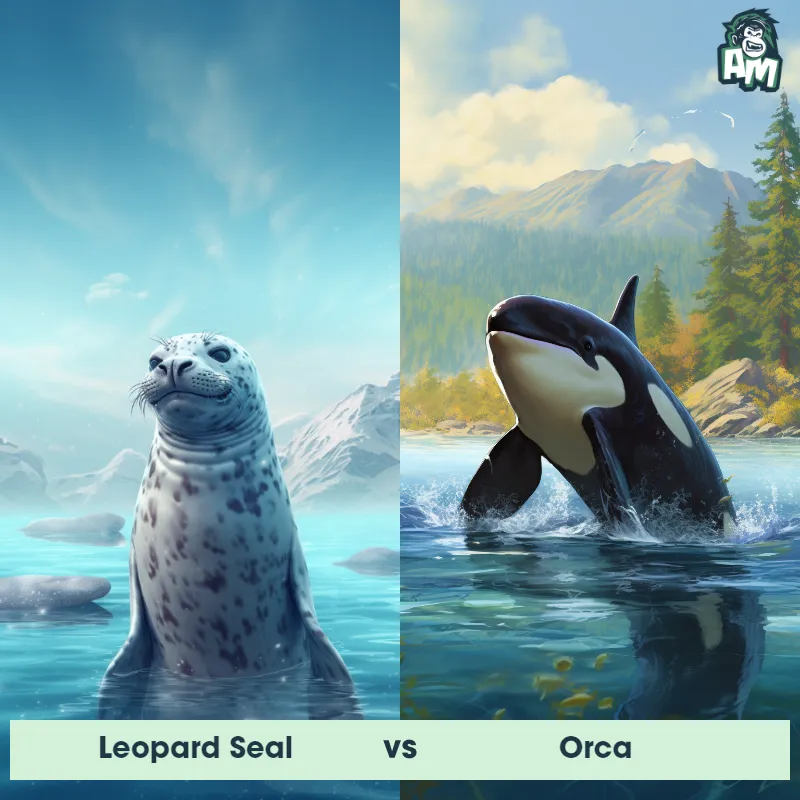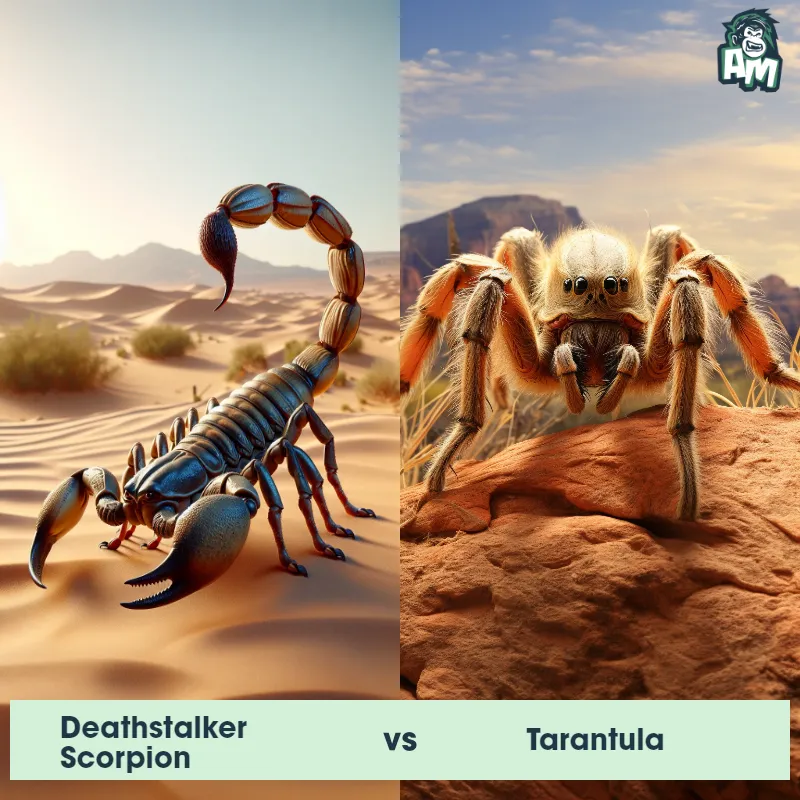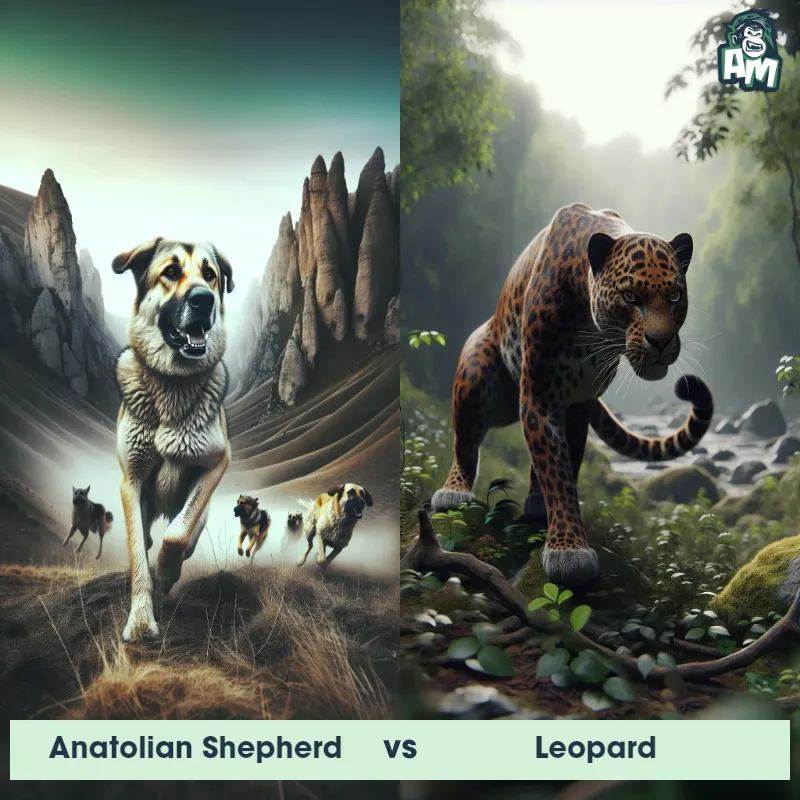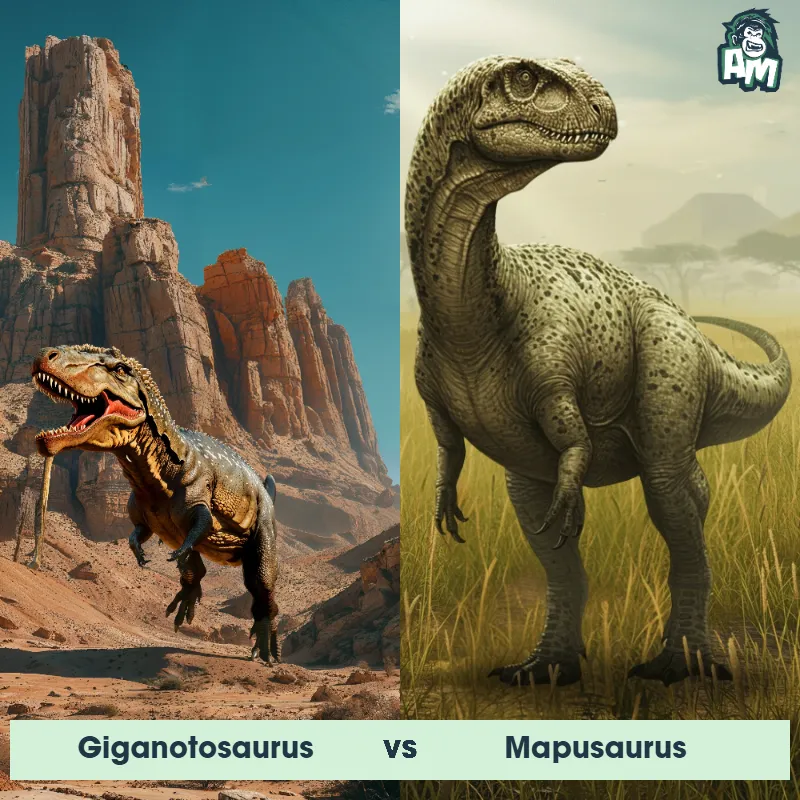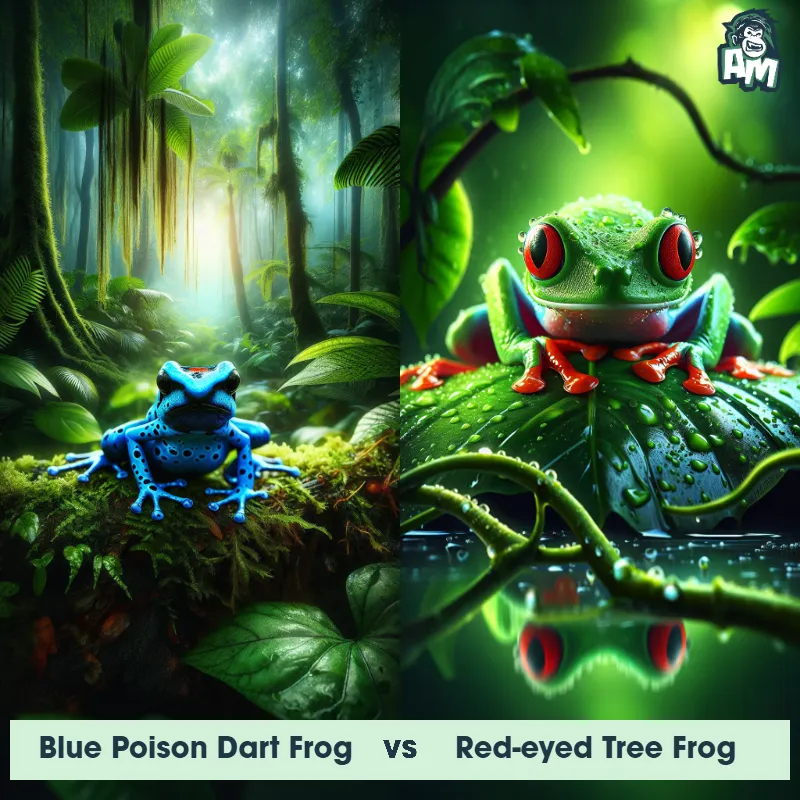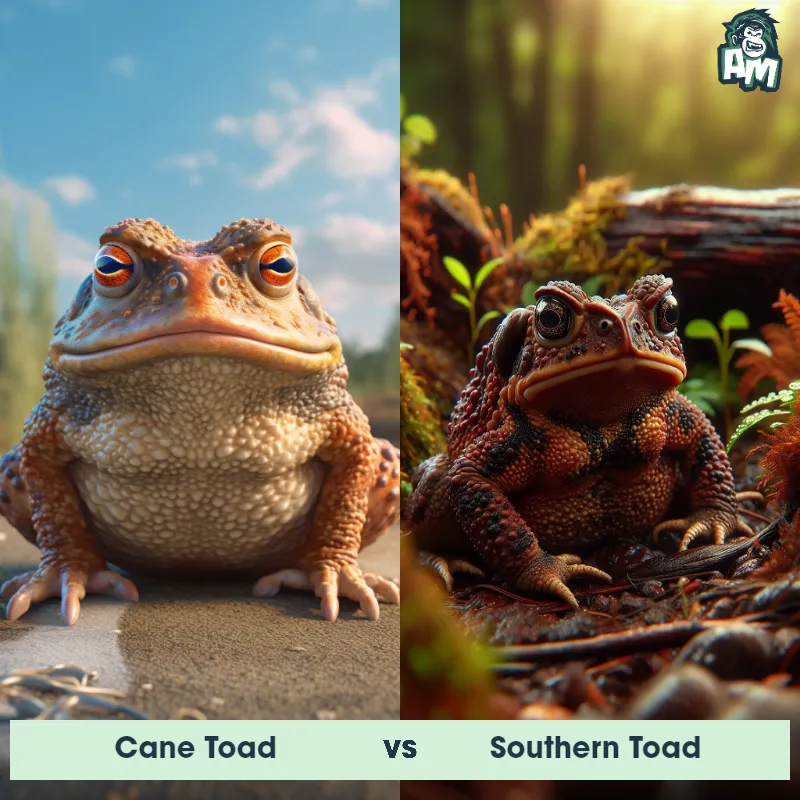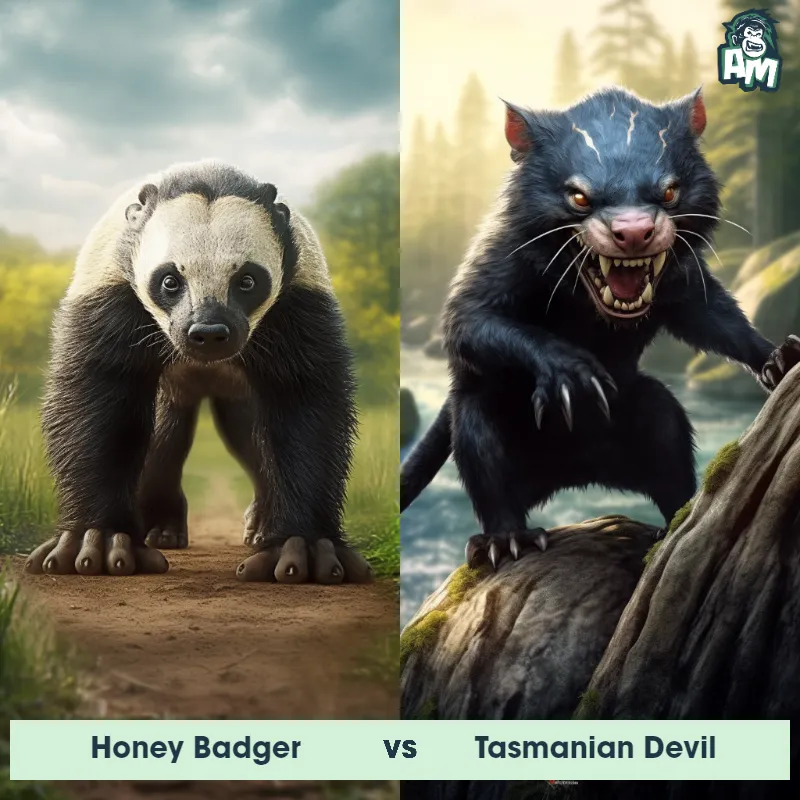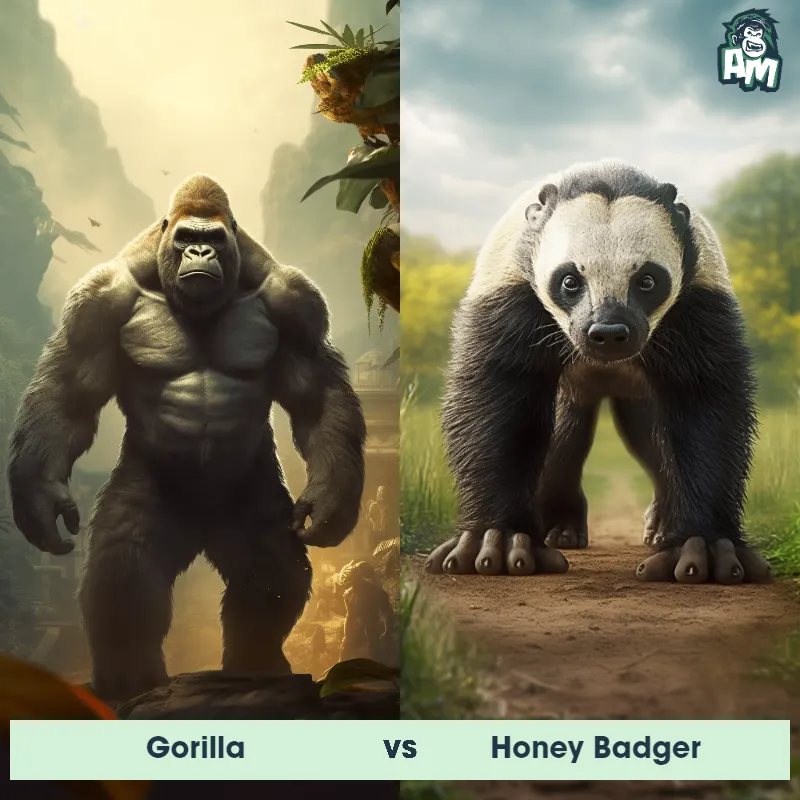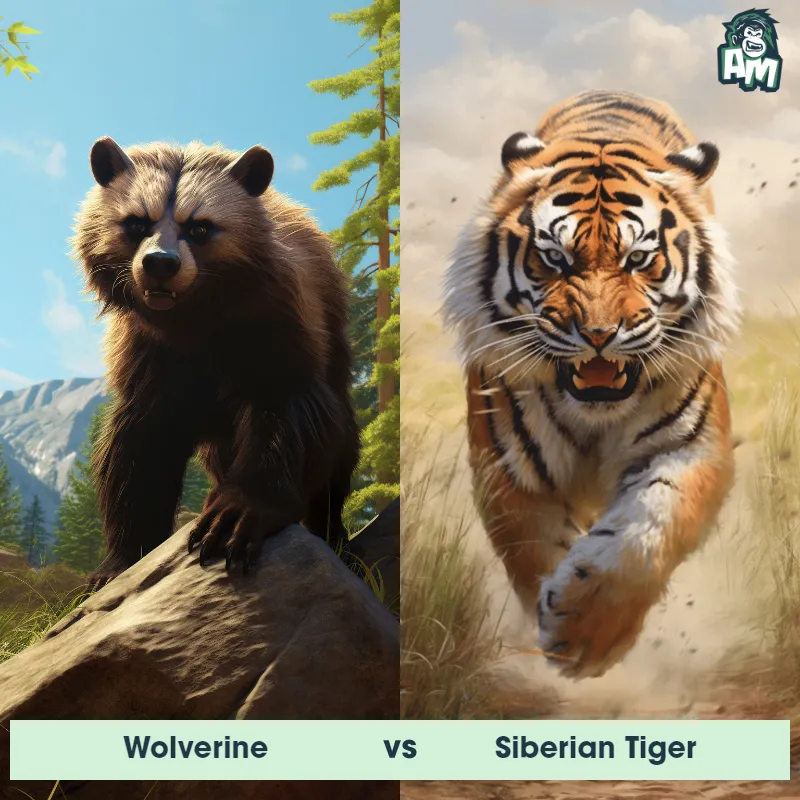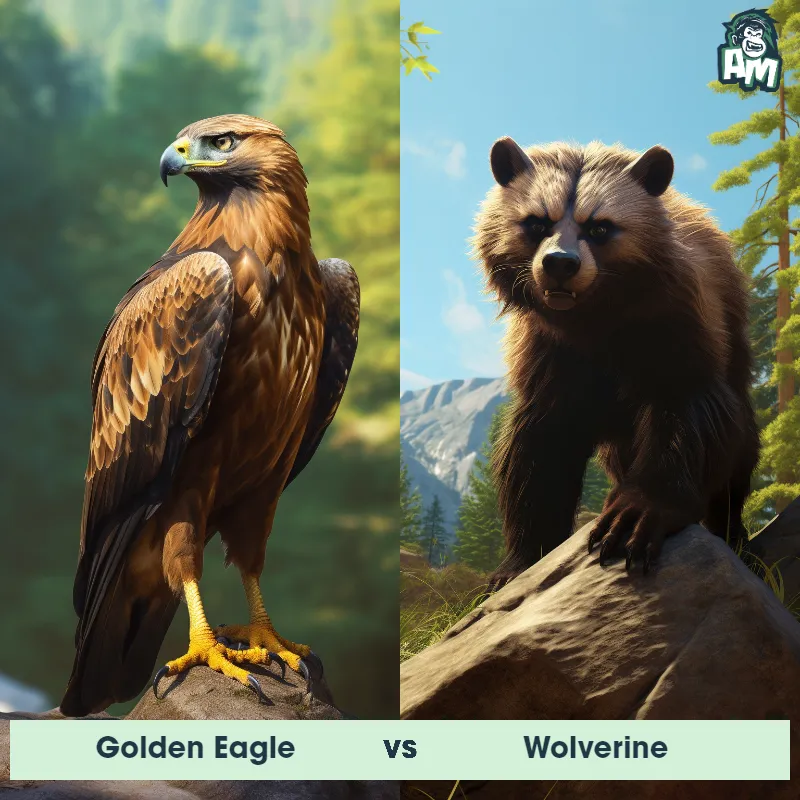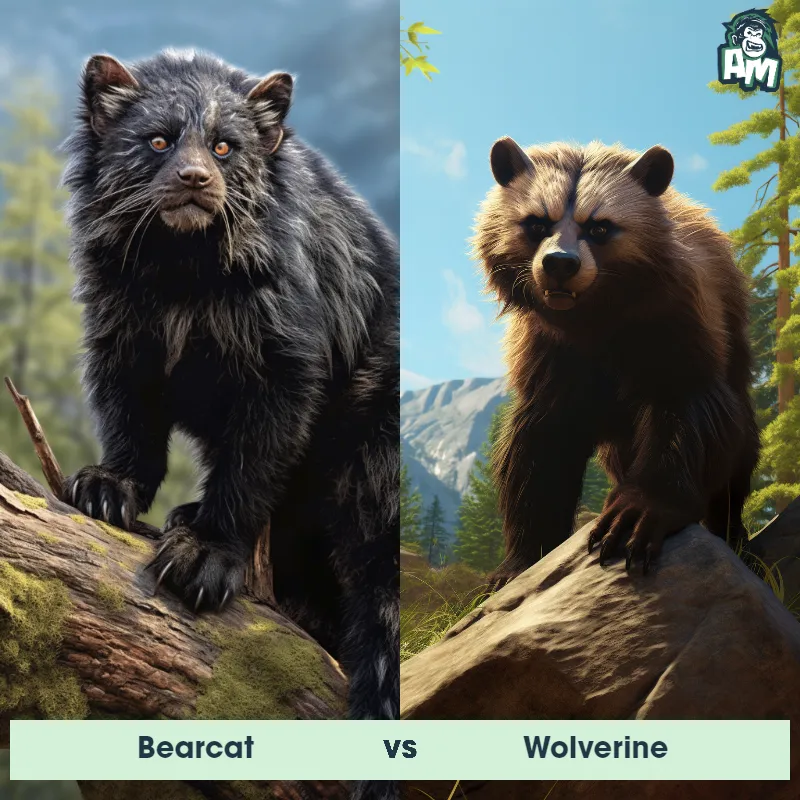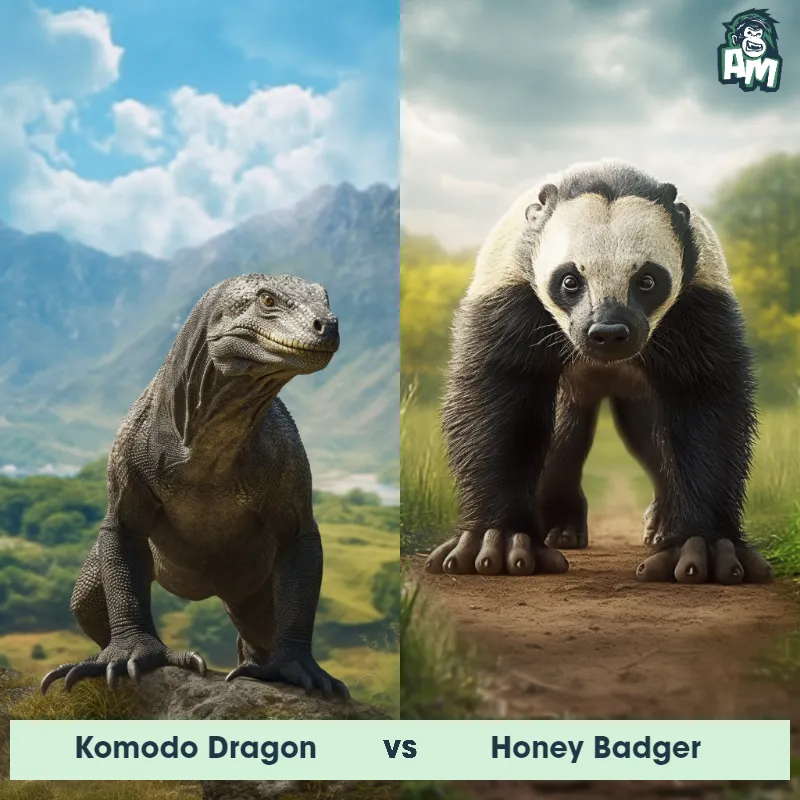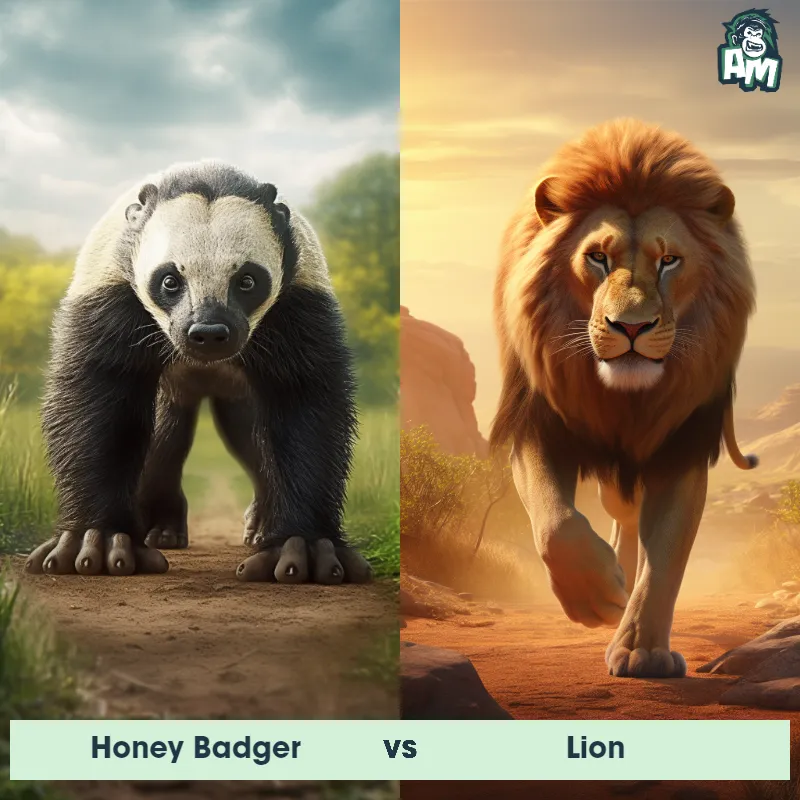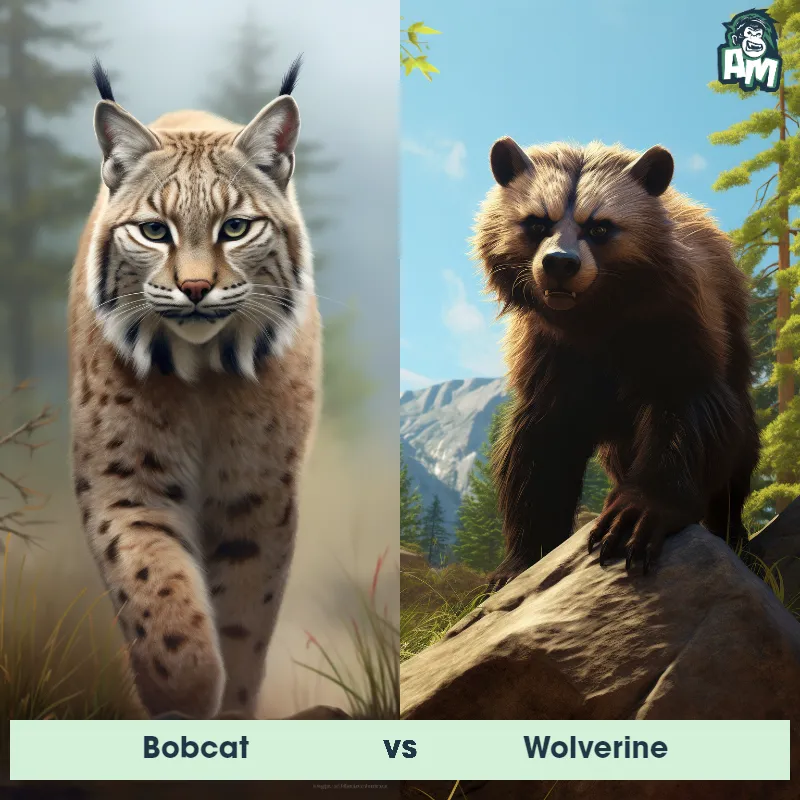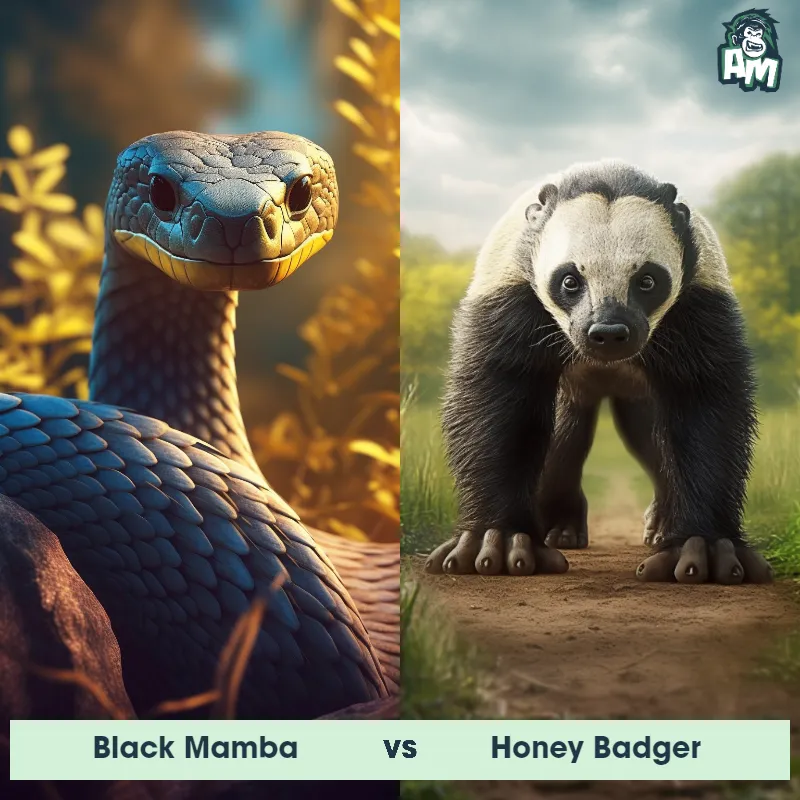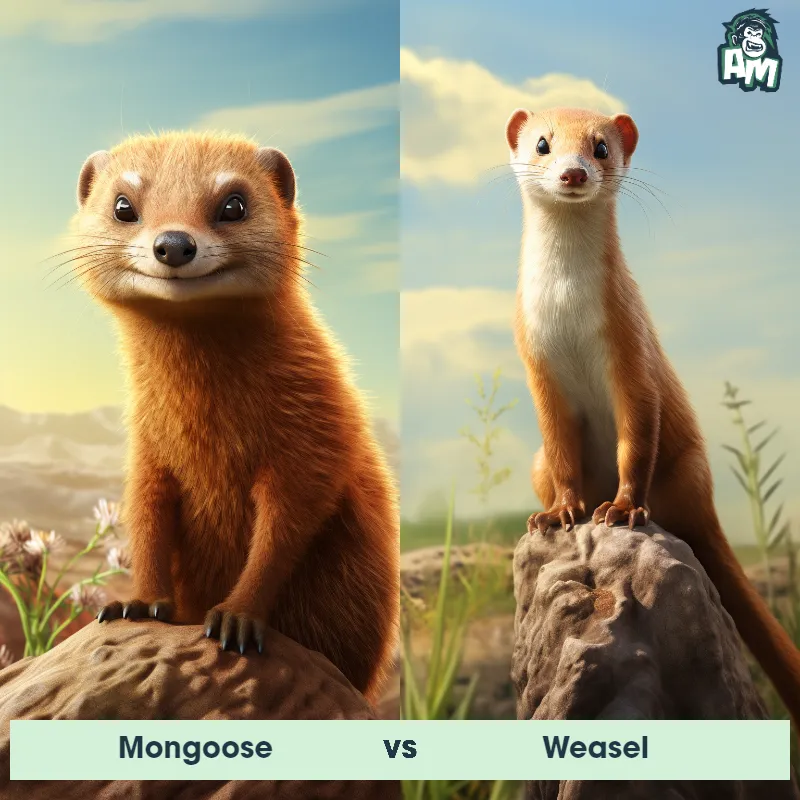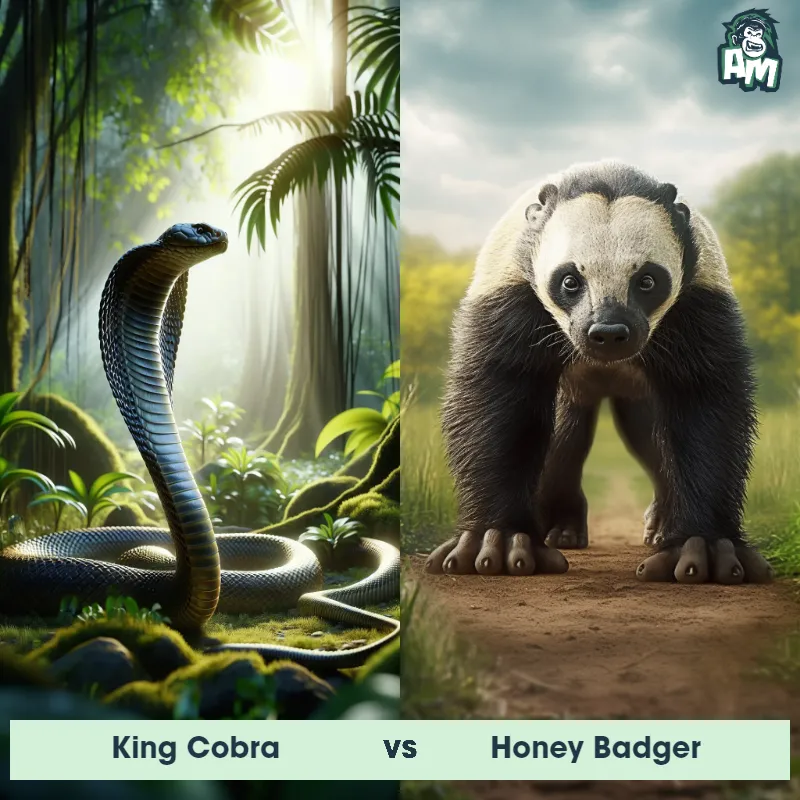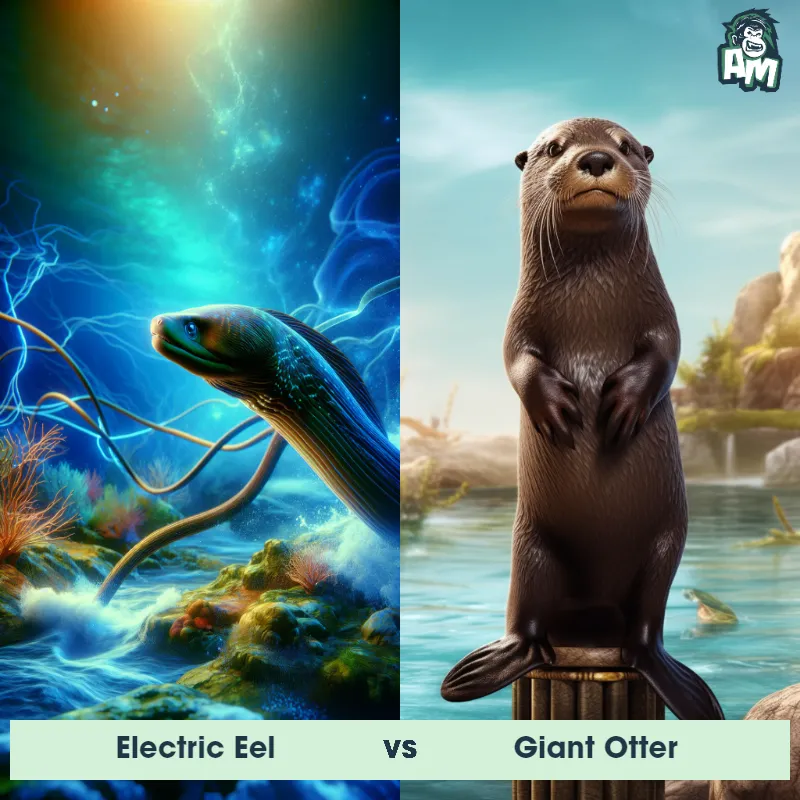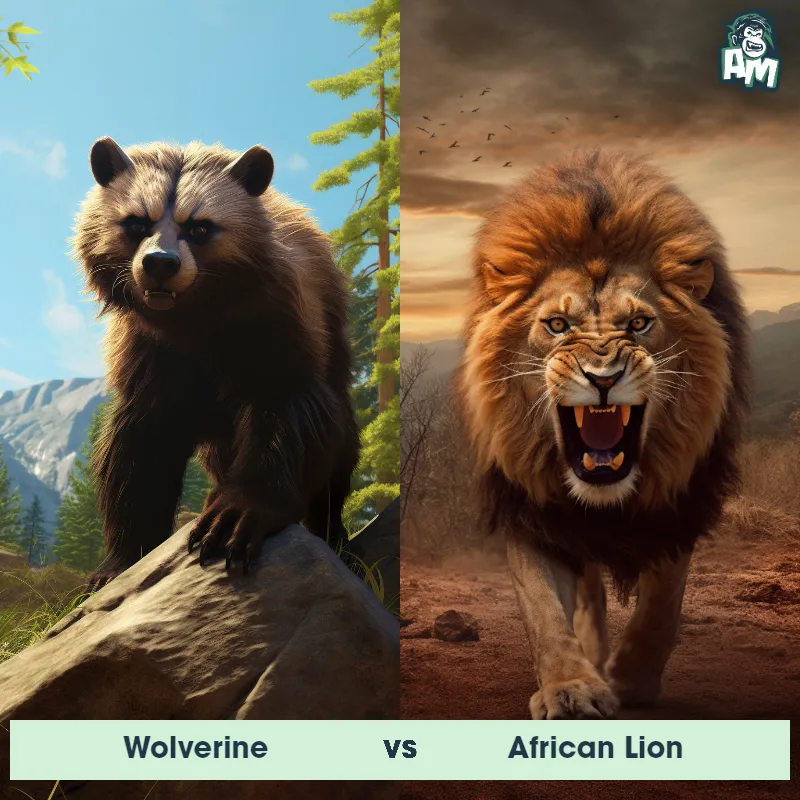Giant Otter vs Sea OtterSee Who Wins
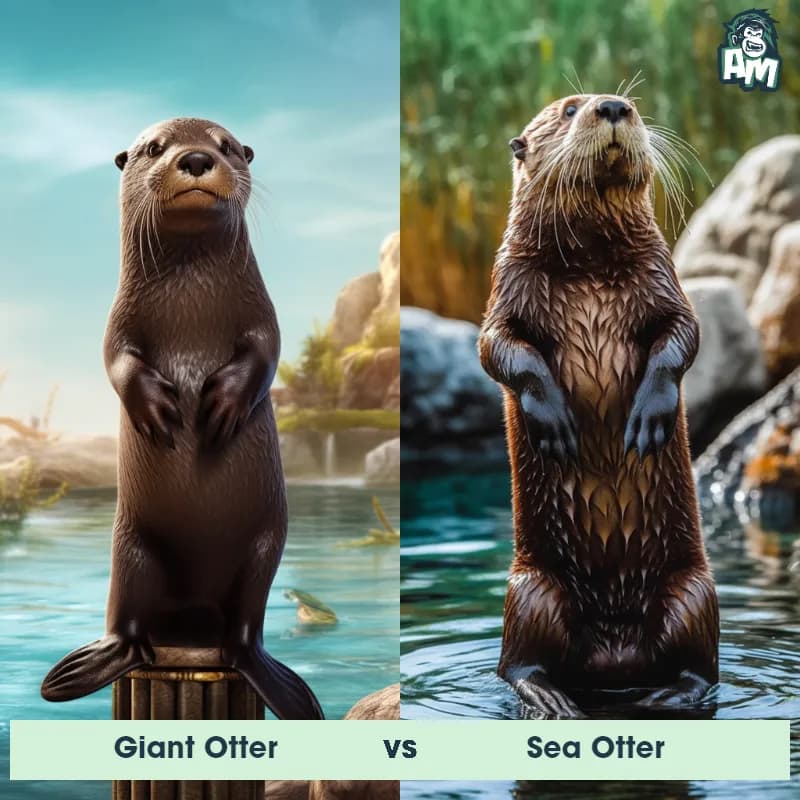
Ladies and gentlemen, welcome to this captivating showdown between a Giant River Otter and a Sea Otter! These two skilled competitors will be facing off in a 3-round battle, and we'll be bringing you all the action live. Without further ado, let's dive into the first round!
Contender 1: Giant Otter
The Giant Otter, also known as the Giant River Otter or the South American Otter, is the largest of all otter species, measuring up to 6 feet in length and weighing up to 70 pounds. They have sleek, dark brown fur with white or cream-colored markings on their throat and chest. Their webbed feet and powerful tail make them excellent swimmers, and they are known for their ability to catch fish with their sharp teeth and strong jaws.
Fun Fact: Giant otters, known as the “river wolves” of South America, can grow up to 6 feet long — and they make loud, chirpy calls to keep in touch with their family while hunting piranhas!
Contender 2: Sea Otter
The Sea Otter, also known as Enhydra lutris, is a marine mammal that is found along the coasts of the northern and eastern Pacific Ocean. They are the smallest marine mammal in North America, weighing between 35 to 100 pounds and measuring up to 4 feet in length. Sea Otters have thick, waterproof fur that keeps them warm in cold water, and they use rocks to crack open the shells of their prey, which mainly consists of clams, mussels, and other shellfish.
Fun Fact: Sea Otters are one of the few animals that use tools, as they use rocks to crack open the shells of their prey.
Matchup Stats
| Giant Otter | Sea Otter | |
|---|---|---|
| Size | Up to 6 feet (1.8 meters) in length | Up to 4 feet (1.2 meters) |
| Weight | Up to 70 pounds (32 kilograms) | 35-100 pounds (16-45 kilograms) |
| Speed | Speed: 22 mph (35 km/hr) | Speed: 5-6 mph (8-9.6 km/hr) |
| Key Strength | Powerful jaws and sharp teeth | Strong swimming and diving abilities |
| Biggest Weakness | Vulnerable to attacks on land | Lack of physical aggression |
Current Votes
Giant Otter vs Sea Otter
See Who Wins
View More Matches
Looking For More?
Similar Matches
Scientific Stats
| Giant Otter | Sea Otter | |
|---|---|---|
| Scientific Name | Pteronura brasiliensis | Enhydra lutris |
| Family | Mustelidae | Mustelidae |
| Habitat | Freshwater rivers, lakes, and swamps | Coastal waters |
| Geography | South America, specifically the Amazon, Orinoco, and La Plata river systems | Northern and eastern Pacific Ocean |
| Diet | Fish, crustaceans, and small mammals | Clams, mussels, and other shellfish |
| Lifespan | 8 years - 10 years | 10 years - 15 years |
Key Differences between Giant Otter and Sea Otter
- Habitat: Giant Otters are found in freshwater habitats such as rivers and lakes in South America, while Sea Otters are found in marine habitats along the coasts of the Pacific Ocean.
- Size: Giant Otters are much larger than Sea Otters, with an average length of 5-6 feet compared to Sea Otters' average length of 3-4 feet.
- Fur color: Giant Otters have dark brown fur with a cream-colored throat, while Sea Otters have lighter brown fur with a white face and throat.
- Diet: Giant Otters primarily eat fish, while Sea Otters eat a variety of marine invertebrates such as clams, crabs, and sea urchins.
- Tail shape: Giant Otters have a long, tapered tail, while Sea Otters have a shorter, rounder tail.





